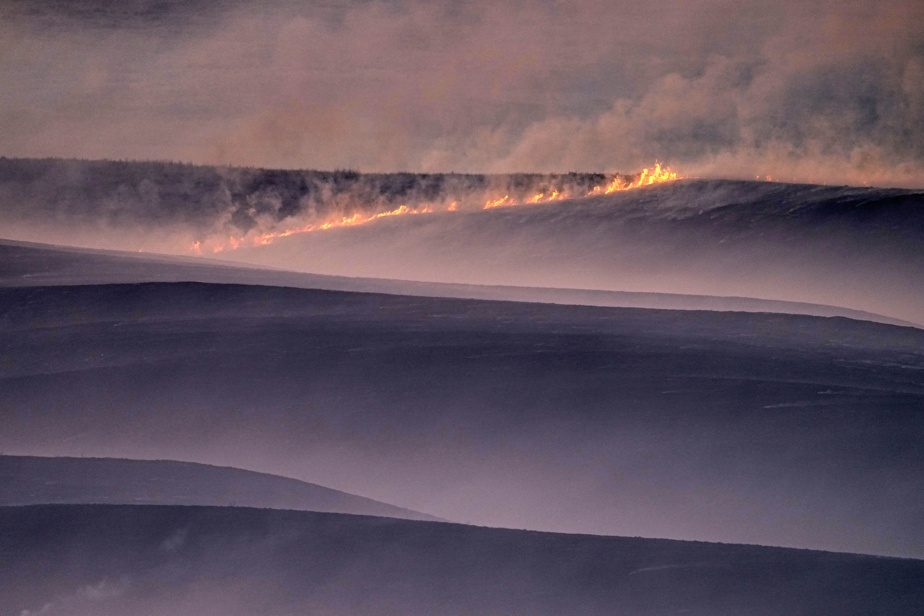(United Nations) Earthquakes, floods or storms: the world is not sufficiently prepared to face disasters, to which governments too often only react after the fact, deplores a report published on Tuesday which calls for rethinking risk management.
In 2015, the international community adopted the Sendai Goals to reduce casualties and damage by 2030 by investing in risk assessment and reduction, and disaster preparedness – whether earthquakes or climatic disasters reinforced by global warming.
But “it is very unlikely” that the objectives will be met, says the report of the International Science Council, which includes dozens of scientific organizations.
Since 1990, more than 10,700 disasters (earthquakes, volcanic eruptions, droughts, floods, extreme temperatures, storms, etc.) have affected more than 6 billion people worldwide, according to data from the United Nations Office for Disaster Risk Reduction. disasters. At the top of the list are floods and storms, multiplied by climate change, which account for 42% of the total.
These disasters with cascading consequences “undermine hard-won development gains in many parts of the world,” the report says.
But “as the international community quickly mobilizes after disasters like the earthquakes in Turkey and Syria, too little attention and investment is directed towards long-term planning and prevention, whether it’s strengthening codes of construction or the establishment of warning systems”, commented in a press release Peter Gluckman, president of the ISC.
“The multiple challenges of the past three years have highlighted the fundamental need for better preparedness for future disasters,” added Mami Mizutori, UN Special Representative for Risk Reduction. “We need to strengthen infrastructure, communities and ecosystems now, instead of rebuilding them later. »
The report thus draws attention to a problem of resource allocation. For example, only 5.2% of aid to developing countries to cope with disasters between 2011 and 2022 was dedicated to risk reduction, the rest being allocated to relief and post-disaster reconstruction.
The ISC also calls for the generalization of early warning systems, noting that warning of a storm 24 hours in advance could reduce damage by 30%.
A report published at the end of January by the UN General Assembly also underlined that the countries were “not on track” to achieve the Sendai objectives.
The number of people affected each year by disasters is increasing, as are the direct damages, which have reached an average of 330 billion dollars per year over the period 2015-2021.
